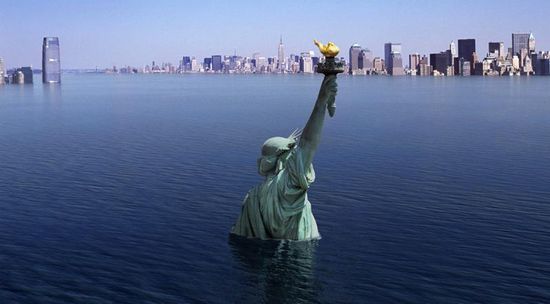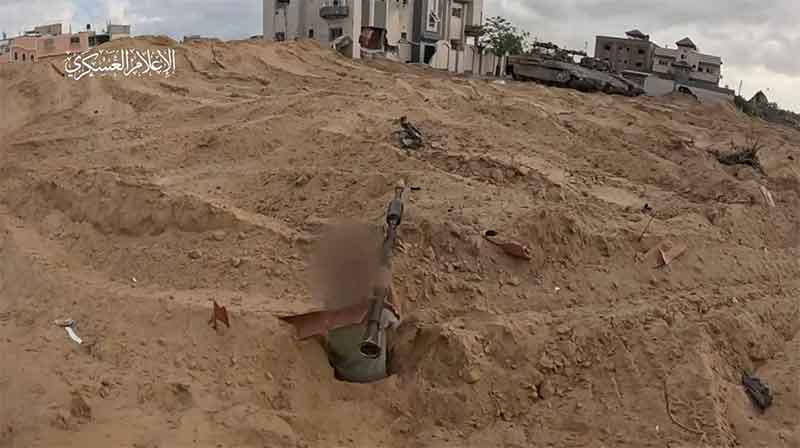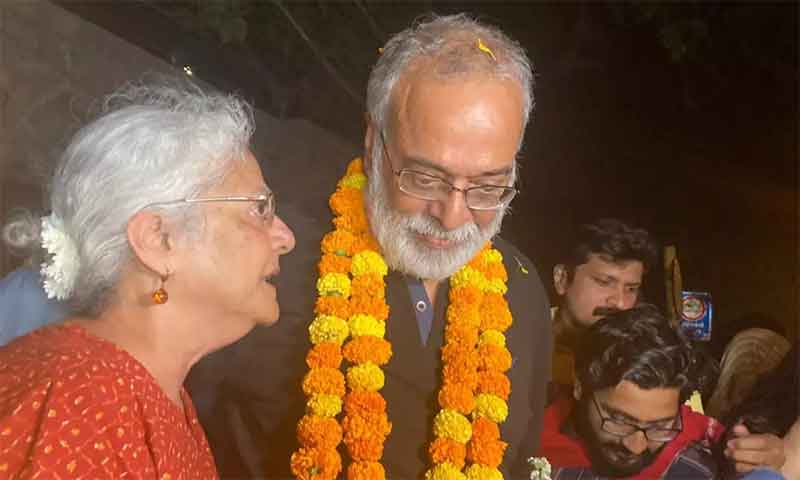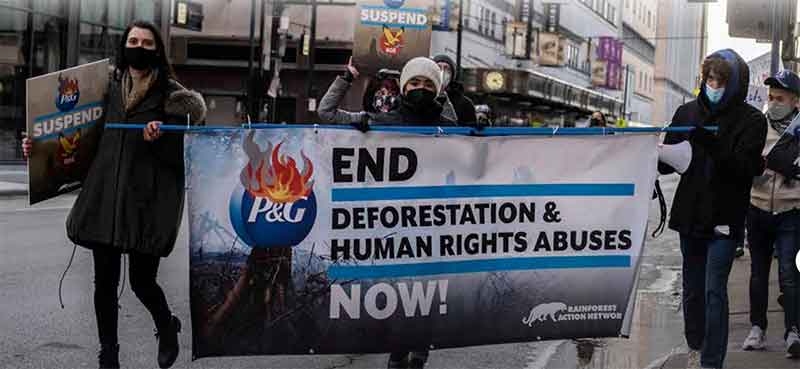
With the humans locked up inside, the past few months of Corona-pandemic have given us a world with nature reclaiming its space. The reduced levels of air-pollution have given a chance to rare-sighted mountains and peaks to reveal themselves to populations where their visibility had become folktales, only to be shared by elders as memories of yester years. AQI in thickly polluted cities immediately fell to safer-limits, rare birds and their chirping are an everyday treat across the world and in India. Due to reduced noise-pollution, our fauna and flora are expanding themselves into habitats that are not generally associated with them. Our brooks and streams are alive again, a river as dirty as Yamuna cleansed itself, something that we have been trying to achieve for years at huge economic costs. In a nut shell, locking up humans inside and stalling industrial activities for a couple of months showed us how nature heals itself, only if we give her a chance to.
On the fossil fuel consumption and Carbon-emissions front, the earth had some respite with giant emitters adding less carbon to the atmosphere due to reduced industrial outputs. On a wider scale, these changes shall contribute minimally to the fight against global-warming where in order to ensure a habitable earth, we have to keep the temperature-swell below 2-degrees by 2100. Experts suggest that the pace at which we as a world are emitting carbon, we have already surpassed the 2-degree limit and should now focus on keeping the rise-in temperature below 4-degrees by the century turn.
The destruction that shall befall any rise below 4-degrees will be unprecedented, and if we go anywhere near 4-degrees, two-thirds of the earth, that is most of thickly populated regions around tropics and equatorial belt will not be able to sustain humans as survival conditions for life shall not persist at all due to heat-waves, floods, cyclones, wildfires, and unknown-diseases.
We are actually already in that phase where rising global-temperatures bring disasters such as wildfires, hurricanes, floods, heat-waves with a record-breaking intensity every year. But as much as we have turned as blind eye to these climatic-changes, Corona-Pandemic still can be our last and our only chance to reflect, introspect, and act, if we want to somehow confront the threat of extinction that looms large over us at the turn of the century and beyond.
Corona is our only chance because until now each one of us has been living in the delusion that whatever truth beholds climate-change, it all occurs outside the house we are safely caged in. But this Pandemic had so far burst this myth to some level, but whether we shall act sustainably hereon depends upon how clearly have we grasped the realities we live in today.
Rising temperatures have a direct link to the new-age diseases that are on a rise since past few years. All the extinctions that have taken place on this earth lie buried, as compounded layers, with each era piling upon the other etched deep in the palimpsest of earth’s surface.
Our permafrost is one such layer that has been exposed time and again due to melting arctic and rising temperatures. In 2016, a 12-year boy being killed, along with a herd of reindeers infected due to exposure to anthrax found in one of the carcasses of a reindeer in Siberia is one such example. Record high heat in Siberia that year melted the permafrost and exposed the carcass that had been preserved for years under ice. The entire community of indigenous people had to be relocated due to the persistent threat.
Most of the biodiversity which throve during all the major geological-periods on earth was destroyed and lost in the big-five mass extinctions that took place. Presently we live in a geological epoch commonly referred to as Anthropocene, which is a period that begun with humans and their activities on earth. But not everything had been lost, our fossils and frozen arctic have undisclosed mysteries that still lay buried deep within. A temperature rise to over 2-degrees shall not only wipe out tropics but shall melt our arctic at a rate where we shall be exposed to unknown-life and along with it, diseases of the by gone past.
And we are not talking about a few hundred new kinds of viruses and bacteria here, we have no idea how many of them have been able to forfeit extinction and are preserved like a ticking time bomb. But what we do know is that we cannot go on heating our earth to the levels where melting arctic shall dangerously keep adding them to our ecosystems.
A rise in temperature will already make conditions for life highly deplorable around tropics, the disastrous migration out of tropics and equatorial regions shall only have the-north to move to, and if the north kept exposing shrouded mysteries and fatal diseases then we can only imagine what we will be moving towards in the future.
David Wallace Wells in his thoroughly researched book The Uninhabitable Earth writes that even within humans and other living creatures there exist micro-organisms whose nature we simply cannot ascertain. Science so far has been able to identify only one percent of bacteria and its nature living in human body, and 99% of other organisms living within us are still unknown. If this is how much we have been able to familiarize ourselves with vis-à-vis humans, then are we at a place to tackle challenges that lie buried, completely unknown and undiscovered?
Many of these organisms change their nature with fluctuating climatic conditions, and become fatal and toxic with changing environs. Zika behaved differently in its endemic places, that is, Uganda and South-east Asia and differently when it travelled elsewhere.
The immune response of a single virus or bacteria thus varies as it adapts differently to different environments, and science for long has been perplexed as to how to grab a hold of this unstable trajectory that viruses and bacteria follow.
Taking from Ed Young’s article in The Atlantic, Wallace writes of the mysterious mass-death of Saiga, a Central-Asian Antelope where two-thirds of their population was wiped out in a course of three weeks, Why? Because of a simple bacteria that had lived amicably in Saiga’s tonsils as good-friendly bacteria, like most of what is found in our human guts. But due to record-high humidity and heat, this bacteria suddenly changed its nature and became toxic, killing an entire population found in that region that came under the spell of humidity and heat in 2015.
The Chinese Virologist recently spoke about the need to learn more about these unknown viruses and be prepared scientifically for many more such unknown strains to appear in the near future.
Between the world awakened to unknown dangers and a brief window of clean-earth to breathe in, lies the complicity of many of us who still live in denial. Denial that nothing will harm us, and we have no role to play in howsoever climate has been changing outside our cocoons.
Corona has shown how epidemiology alone cannot prepare us for the world that awaits us. A reinvigorated response to tackle climate change can salvage earth from dangers than we as humans had until now been blindsided to. As we cannot leave everything about Corona to governance and health experts without our heightened alertness and individualistic responses, so should we not leave everything about climate change to policy, industry and government experts hereon. We need to act, each one in our own capacity.
Malvika Sharma is a PhD Research Fellow at Jawaharlal Nehru University, New Delhi. She can be reached at [email protected]
SIGN UP FOR COUNTERCURRENTS DAILY NEWS LETTER
















































